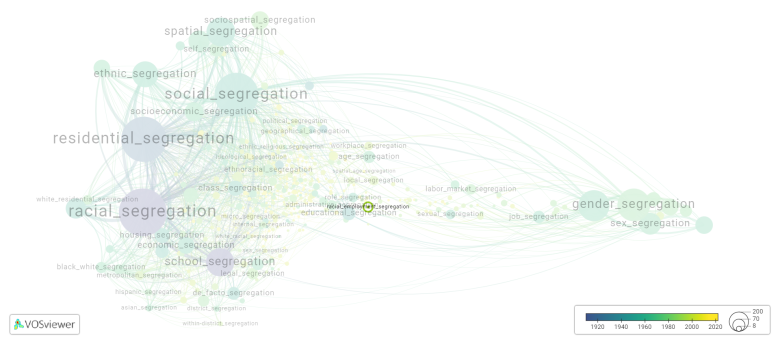Racial employment segregation
Date and country of first publication[1]
2004
United States
Definition
Racial employment segregation refers to the practice of separating individuals of different races into different job roles or occupations within a company or industry. This segregation often results in certain racial groups being disproportionately represented in lower-paying or lower-status jobs, while other racial groups are over-represented in higher-paying or higher-status positions.
This form of discrimination can have significant economic and social consequences, as it perpetuates racial inequality and limits opportunities for individuals from marginalized or underrepresented communities. Racial employment segregation is often the result of systemic racism and bias in hiring practices, as well as historical patterns of discrimination and exclusion in the workforce. Efforts to combat racial employment segregation include promoting diversity and inclusion in the workplace, implementing affirmative action policies, and addressing systemic barriers to equal opportunity in hiring and advancement.
See also
Related segregation forms
Racial employment segregation is frequently discussed in the literature with the following segregation forms:
racial segregation, occupational segregation, employment segregation, racial establishment segregation

This visualization is based on the study The Multidisciplinary Landscape of Segregation Research.
For the complete network of interrelated segregation forms, please refer to:
References
Notes
- ↑ Date and country of first publication as informed by the Scopus database (December 2023).
Racial employment segregation appears in the following literature
Sørensen J.B. (2004). The organizational demography of racial employment segregation. American Journal of Sociology, 110(3), 626-671. https://doi.org/10.1086/426464
Ferguson J.-P., Koning R. (2018). Firm Turnover and the Return of Racial Establishment Segregation. American Sociological Review, 83(3), 445-474. SAGE Publications Ltd.https://doi.org/10.1177/0003122418767438
